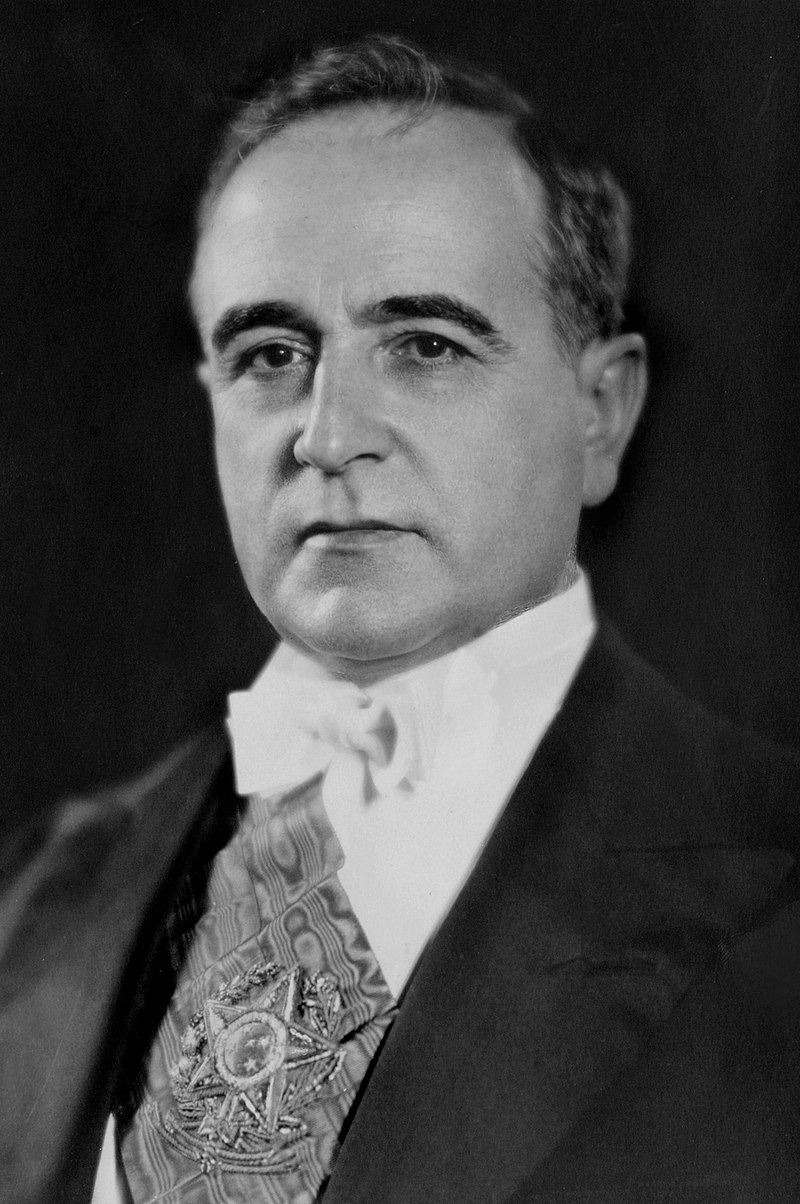
Getúlio Dornelles Vargas (1882-1954): President of Brazil, born on April 19, 1882 in São Borja, Rio Grande do Sul. Getúlio Vargas, Brazilian lawyer and politician, between 1930 and 1945, then from 1951 to 1954, until his suicide held the post of president of Brazil. His long and controversial tenure - as a temporary, constitutional and dictatorial leader - made him the most influential Brazilian politician of the 20th century. He studied law at the University of Porto Alegre. He began his political career in the state of Rio Grande do Sul, becoming the state's governor in 1928. 1930 In 1930, as the leader of the 1930 revolution, he removed President Luís Washington from power and became interim president. He served two presidential terms (1930-1945 and 1951-1954). During his tenure, Brazil underwent significant economic and social changes. The 1930 after the revolution, Vargas introduced a series of reforms aimed at modernizing the Brazilian economy and improving the situation of the working class. In 1937, Vargas established a dictatorship, the Estado Novo, which lasted until 1945. In 1945, Vargas abdicated after he was pressured by the army. He returned to the presidency in 1951, but committed suicide in 1954 after becoming the target of attacks by his political opponents. Vargas is a controversial figure in Brazilian history. Some refer to him as "the father of the poor" who fought for the rights of the working class. Others considered a dictator who suppressed civil liberties. Vargas' legacy remains a hotly debated topic in Brazil.
Getúlio Vargas was president of Brazil from 1930 to 1945. During his presidency, Brazil carried out financial and economic reforms, and changes were also made in the field of coinage. Vargas' goal was to stabilize the Brazilian economy, which had been in crisis during the previous decades. One of his important measures was to try to reduce inflation and stabilize the Brazilian currency. Vargas' government carried out financial reforms, during which he introduced a new coinage system. As a result, the previous unstable financial environment was replaced by a new and stable coinage policy. In the 1930s, the state-owned Banco do Brasil strengthened its role in the Brazilian economy and financial system. This institution played a role in the implementation of coinage and economic measures. First and Second Vargas periods: Getúlio Vargas was president between 1930-1934 and 1937-1945. The first was the beginning of the coinage reforms, while the second period saw further development of economic management and coinage policy. As a result of these measures, Brazil achieved financial stability and economic growth under Vargas' presidency. There were also economic and political difficulties under Vargas' administration, and several political upheavals took place in Brazil during his presidency.